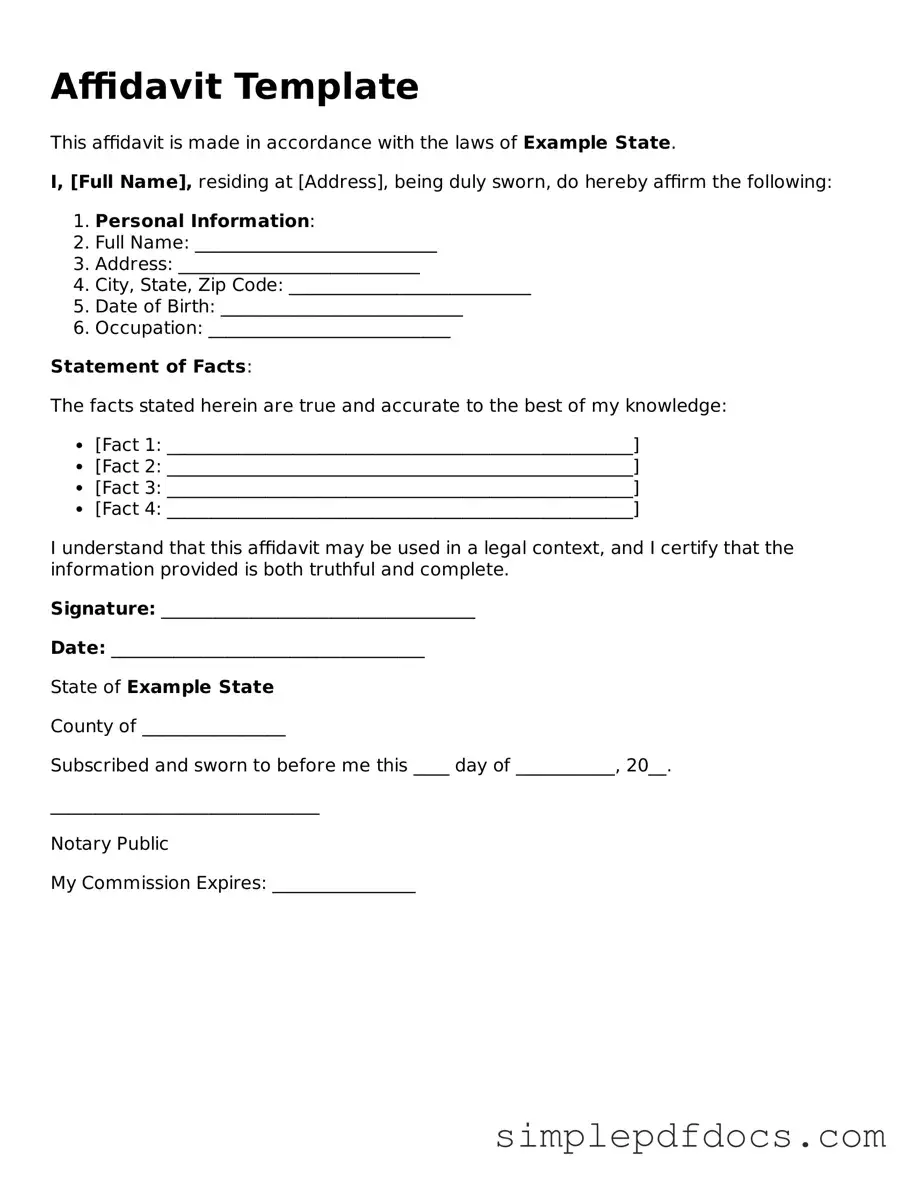Attorney-Approved Affidavit Form
An affidavit is a written statement made under oath, typically used as evidence in legal proceedings. This document serves to affirm the truth of the information contained within it, which the affiant, or person making the affidavit, swears to be accurate. Affidavits can play a crucial role in various legal contexts, providing a formal means to present facts to a court or other authority.
Get Document Here
